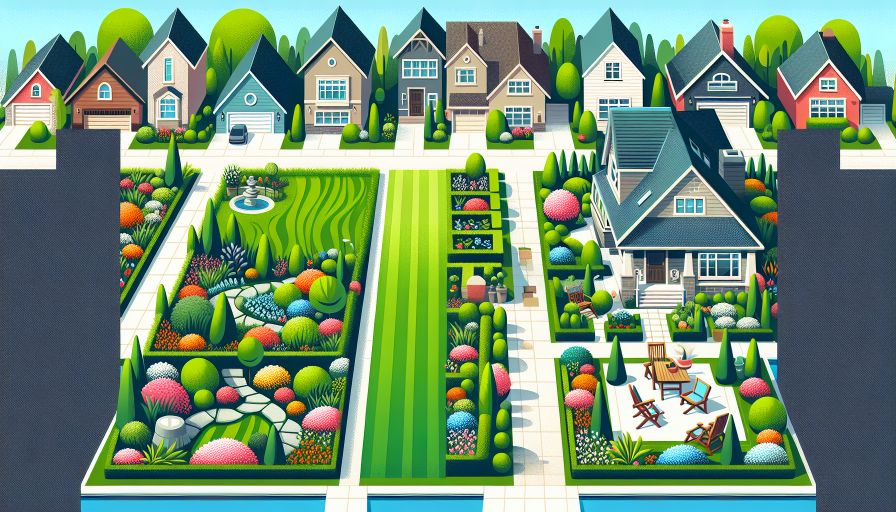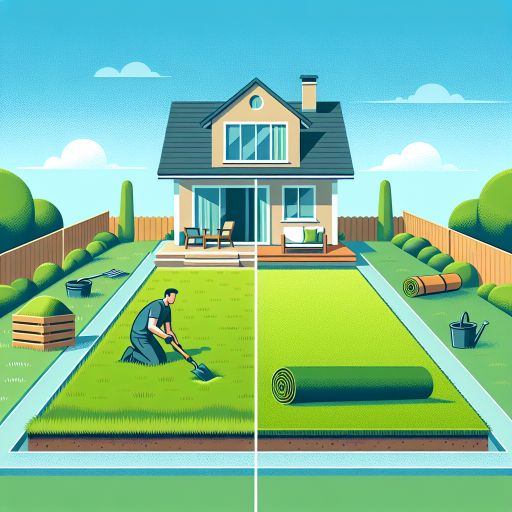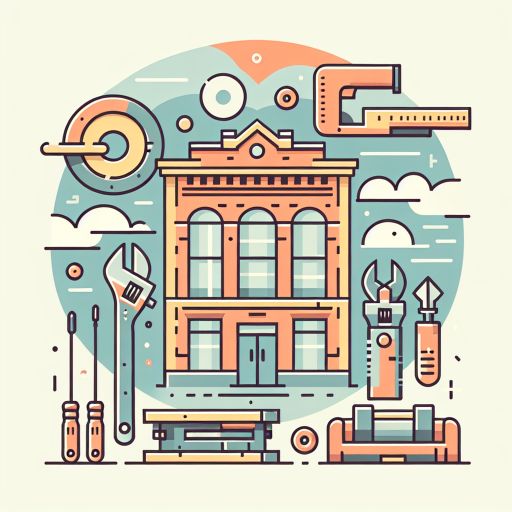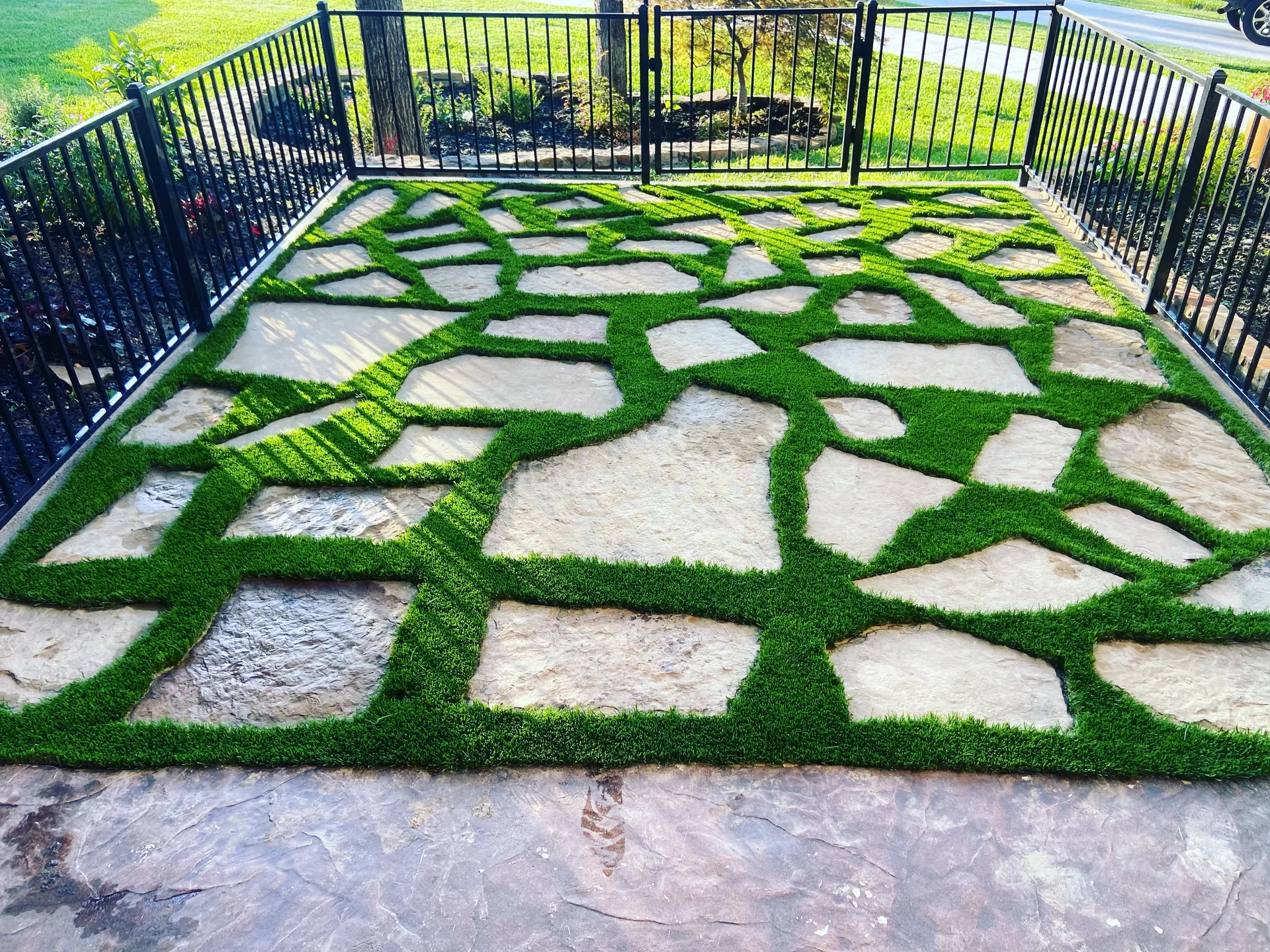
The Rise of Artificial Turf in Residential Landscaping
The adoption of artificial turf in residential landscaping has surged in recent years. One leading company in this movement is Prime Design Turf, which has been instrumental in transforming spaces across the Dallas-Fort Worth area. With over 20 years of experience, Prime Design Turf has played a significant role in showcasing the benefits and versatility of synthetic turf.
Artificial turf was initially popularized for its applications in sports fields. However, the innovations in synthetic grass technology have expanded its use far beyond that, making it a viable option for home gardens, backyards, and other residential spaces. Prime Design Turf has contributed to this shift by offering high-quality turf solutions that appeal to a wide range of needs and preferences.
One of the primary reasons for the rise of artificial turf in home landscaping is its capability to create aesthetically pleasing and functional outdoor spaces. Whether homeowners are looking to design a pristine garden, a personal putting green, or a pet-friendly area, synthetic turf provides a customizable and durable solution. Prime Design Turf’s meticulous installation and creative design services ensure that each project aligns with the client’s vision.
Additionally, synthetic turf presents a long-term cost-saving opportunity. While the initial investment can be substantial, the reduction in maintenance costs over time—such as watering, mowing, and fertilizing—makes it a cost-effective option. Residents concerned with the long-term financial implications of their landscaping choices find artificial turf to be an economically sensible alternative.
Prime Design Turf’s commitment to personal service and unbeatable prices has made them a standout provider in the DFW area. Their client-centric approach ensures that each project is executed with precision and attention to detail, resulting in high customer satisfaction and a growing demand for synthetic turf in home landscaping.
Moreover, the use of artificial turf addresses environmental concerns, as it eliminates the need for harmful pesticides and chemical fertilizers. As homeowners become more conscious of their ecological footprint, synthetic turf offers an attractive solution. This shift is not just a passing trend but a concrete step towards more sustainable living practices.
In conclusion, the rise of artificial turf in residential landscaping can be attributed to several key factors, including its aesthetic appeal, cost-effectiveness, and environmental benefits. Companies like Prime Design Turf have been at the forefront of this revolution, providing high-quality turf solutions that cater to the diverse needs of homeowners. As the trend continues to grow, it is clear that synthetic turf will remain a prominent feature in residential landscapes.
Economic Benefits and Cost Analysis
Artificial turf offers several economic benefits that can make it a compelling choice for residential landscaping. One of the most prominent advantages is the potential for cost savings over time. Traditional lawns require regular expenses such as water use, fertilizers, pesticides, and lawn care services.
According to the Environmental Protection Agency (EPA), outdoor water usage comprises nearly 30% of household water consumption, and a significant portion of this is dedicated to lawn care. Artificial turf virtually eliminates the need for watering, which can lead to substantial savings on water bills. The Metropolitan Water District of Southern California estimates that the installation of artificial turf can save homeowners up to 55 gallons of water per square foot annually.
In addition to water savings, the elimination of lawn care chemicals, such as fertilizers and pesticides, can result in further financial benefits. The National Gardening Association reports that American households spend hundreds of dollars each year on chemical lawn treatments. Artificial turf, which does not require any chemical treatments to maintain, provides an eco-friendly and cost-effective alternative.
The initial installation cost of artificial turf can be higher than natural grass; however, this cost can be offset by the reduced need for maintenance over its lifespan. On average, high-quality artificial turf can last 20 years or more. Long-term maintenance costs, such as periodic brushing and occasional cleaning, are relatively low compared to the continuous expenses associated with traditional lawns.
Moreover, time savings is another economic benefit. Homeowners can save valuable time that would otherwise be spent on routine lawn care tasks such as mowing, edging, weeding, and fertilizing. The freed-up time can be utilized for other productive activities or leisure, indirectly providing an economic advantage.
Lastly, artificial turf can potentially increase property value. A well-maintained lawn is an attractive feature for potential buyers. The ease of maintenance and year-round green appearance of artificial turf can enhance the curb appeal, making it an appealing aspect for real estate marketability, as noted by real estate agents and industry reports.
Environmental Impact and Sustainability
Artificial turf, also known as synthetic grass, has increasingly become a popular choice for residential landscaping. One of the key considerations for homeowners and landscape architects is the environmental impact and sustainability of this alternative to natural grass.
Water Conservation
One of the most significant environmental benefits of artificial turf is its substantial contribution to water conservation. According to the Synthetic Turf Council, an average residential lawn consumes approximately 55 gallons of water per square foot annually. By installing artificial turf, homeowners can drastically reduce water usage, conserving thousands of gallons each year and contributing to local and global water-saving efforts.
Ecological Footprint
The ecological footprint of artificial turf primarily involves its production and disposal processes. Synthetic grass is typically made from polyethylene or polypropylene, both of which are petroleum-based products. The production of these materials does carry a carbon footprint; however, innovations in manufacturing processes have been working to reduce the environmental impact.
- Production: Modern production techniques are focusing on reducing energy consumption and utilizing more sustainable raw materials, including recycled plastics.
- Disposal: End-of-life disposal is a critical issue. Many companies now offer recycling programs for worn-out turf to ensure that it does not end up in landfills. Some turf is repurposed for various industrial applications or even recycled into new synthetic grass products.
Reduction in Chemical Usage
Natural grass maintenance often requires a range of chemical treatments, including fertilizers, herbicides, and pesticides. These chemicals can have adverse effects on local ecosystems, contaminating waterways and harming wildlife. Artificial turf eliminates the need for such chemicals, thereby reducing the ecological footprint associated with residential landscaping.
Heat Island Effect
One environmental concern associated with artificial turf is the heat island effect. Synthetic surfaces can absorb and retain more heat than natural grass, leading to higher temperatures in urban and suburban areas. However, advancements in turf technology are being made to address this issue. For example, some manufacturers have developed synthetic grasses with cooling technologies that reduce surface temperatures.
Habitat Considerations
Natural grass lawns provide habitat for various microorganisms and insects, which play essential roles in local ecosystems. Replacing natural grass with artificial turf can disrupt these habitats. However, some turf designs now incorporate features such as integrated drainage systems and biodegradable infill materials that aim to minimize ecological disruption and even support plant growth in surrounding areas.
In summary, while artificial turf offers numerous environmental benefits, particularly in terms of water conservation and reducing chemical usage, it also presents some challenges, such as its production and disposal impact, and its potential to contribute to heat island effects. Continuous innovation and responsible management are essential to maximizing the sustainability of artificial turf in residential landscaping.
Aesthetic and Design Versatility
Artificial turf has emerged as a prominent feature in residential landscaping due to its aesthetic and design versatility. This versatility allows homeowners to achieve a variety of design goals that may be difficult or impossible with natural grass.
One of the primary advantages of artificial turf is its ability to maintain a lush, green appearance regardless of weather conditions. Artificial turf stays vibrant year-round, making it an attractive option for climates with extreme temperatures or inconsistent rainfall.
The uniformity of artificial turf also adds to its appeal. Unlike natural grass, which can develop patches and inconsistencies, artificial turf provides a consistent and even look. This makes it ideal for creating clean, visually appealing landscapes that require minimal upkeep.
In addition to its consistent appearance, artificial turf offers a wide range of design possibilities. It can be customized to fit various shapes, sizes, and styles, enabling creativity in landscaping projects. Homeowners can choose from different turf textures, colors, and pile heights to match their specific aesthetic preferences.
Artificial turf can be used in conjunction with other landscaping elements to enhance overall design. It pairs well with pavers, stones, and decking materials, making it suitable for various outdoor spaces, including patios, walkways, and pool surroundings. The versatility of artificial turf allows it to complement both modern and traditional landscape designs.
Moreover, artificial turf is increasingly used in specialized garden spaces such as rooftop gardens and balconies, where natural grass may not be viable due to weight and soil requirements. The lightweight and adaptable nature of artificial turf make it a practical choice for these unique applications.
Another notable feature of artificial turf is its durability and performance under heavy use. High-traffic areas, such as play spaces and entertainment zones, can benefit from artificial turf’s ability to withstand wear and tear while maintaining its aesthetic appeal.
Overall, artificial turf offers a reliable and versatile solution for homeowners seeking to enhance their outdoor spaces. Its ability to deliver consistent beauty with low maintenance requirements makes it a compelling alternative to traditional grass in residential landscaping.
Maintenance and Durability
Artificial turf has transformed the way homeowners approach maintenance and longevity within their outdoor spaces. Unlike natural grass, artificial turf requires significantly less upkeep, resulting in time and cost savings for those who choose this alternative.
Maintenance
One of the primary advantages of artificial turf is its minimal maintenance requirements. Regular activities such as mowing, watering, and fertilizing are rendered unnecessary. This not only saves time but also reduces water consumption. According to the Environmental Protection Agency (EPA), the typical American household uses about 320 gallons of water per day, with about 30 percent devoted to outdoor uses. Implementing artificial turf can considerably cut down this water usage.
Maintenance of synthetic grass mainly involves periodic cleaning to remove debris and occasional brushing to keep the turf fibers looking fresh and upright. A simple rinse with water can efficiently clear away dirt and dust, especially in dry climates where dust accumulation can be an issue. In case of spills or pet waste, areas can be sanitized using mild detergent and water.
For those living in regions that experience significant seasonal changes, artificial turf remains resilient. Unlike natural grass, it does not suffer from frost damage or become parched and brittle during droughts. Even in heavy rain, modern artificial turfs with proper sub-base preparation ensure efficient drainage, reducing the risk of pooling water.
Durability
The durability of artificial turf is another key aspect contributing to its popularity. Made from high-quality synthetic materials like polyethylene or polypropylene, artificial turf is engineered to withstand heavy foot traffic and various weather conditions. Many products come with warranties extending up to 15 years, a testament to their long-term durability.
Artificial turf’s resistance to wear and tear makes it an ideal choice for families with children and pets. Research from the American Society of Landscape Architects (ASLA) shows that synthetic grass systems are designed to handle rough play without becoming patchy or uneven. Additionally, ultraviolet (UV) protection is typically integrated into the fibers to prevent color fading and degradation due to prolonged sun exposure.
Conclusion
In summary, the maintenance and durability of artificial turf provide significant benefits over traditional lawn care methods. With minimal upkeep requirements, water conservation, and robust resilience to various environmental conditions, artificial turf offers a long-lasting and low-maintenance solution for modern homeowners. These attributes make it a compelling choice for those seeking both aesthetic appeal and functional advantages in residential landscape design.
Future Trends and Technological Innovations
The landscape of artificial turf is consistently evolving, propelled by numerous technological advancements and emerging trends. These innovations are set to redefine the future of home landscaping and garden spaces in significant ways.
1. Advances in Fiber Technology
One of the pivotal trends in artificial turf is the continuous improvement in fiber technology. New materials are being developed to enhance the durability, softness, and natural appearance of synthetic grass. For instance, innovations such as low-friction fibers and micro-ribs in the blade design contribute to a more realistic feel and look, contributing to a product that is more resilient under heavy foot traffic.
2. Improved Drainage Systems
Advanced drainage systems are another area of focus. Modern artificial turfs are designed with superior drainage solutions that help in the quick evacuation of rainwater and other liquids. Permeable backing materials and integrated drainage grids enable efficient water management, reducing the risk of mold and mildew buildup while keeping the turf dry and functional.
3. Eco-Friendly Materials
The use of eco-friendly materials is gaining traction. Manufacturers are exploring sustainable production methods, incorporating recycled and renewable materials in the production of artificial turf. This not only reduces the overall environmental footprint but also provides homeowners with an eco-conscious landscaping solution.
4. Multifunctional Turf
There is an increasing trend toward multifunctional turfs that can adapt to various uses. Whether for recreational areas, pet-friendly zones, or rooftop gardens, advancements are being made to ensure the turf can accommodate different activities without compromising on quality or comfort. These versatile products are designed to be easy to install and to seamlessly integrate into diverse home environments.
5. Integration with Smart Home Systems
Artificial turf is also seeing integration with smart home systems. Technologies such as soil moisture sensors, automatic cleaners, and app-controlled irrigation systems can be paired with synthetic grass installations to provide homeowners with a greater degree of control and ease of maintenance. These smart solutions contribute to an optimized and efficient lawn care routine, aligning seamlessly with modern lifestyles.
6. Customization Options
Customization is another significant trend. Homeowners can now select from a wide range of styles, colors, and pile heights to match their specific preferences and design goals. The ability to customize contributes to the creation of personalized outdoor spaces that aesthetically and functionally meet individual needs.
Overall, the future of artificial turf in residential landscaping looks promising, with ongoing advancements driving improvements in performance, sustainability, and user experience. These trends are set to expand the appeal and adoption of artificial turf, making it an increasingly attractive option for homeowners worldwide.


